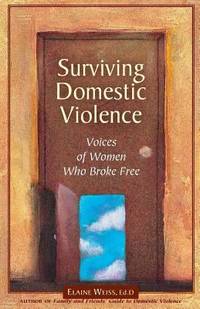
Subtitle: Reclaiming Family, Friendship, and Community
Recommended to me by: Nora Samaran
This is a deeply hopeful book grounded in research and personal stories. The American Dream of individualism, resource extraction, and white supremacy creates separation and suffering. Mia Birdsong explores alternatives that people have created to value connection, cooperation, and community.
As a Black woman, Mia centers Black, queer women and other marginalized people such as people who have experienced homelessness. She appreciates the connections that people weave while surviving oppression, that can lead us all in a direction of ending oppression.
While the American Dream says that we should get our needs met in heterosexual nuclear families, this book celebrates all the different kinds of friendship that can also meet needs for intimacy, safety, and mutual support. Raising kids is easier and healthier for everyone with a larger circle of responsible and trusted adults. People who are ageing can support one another.
Whether in crisis, celebration, or everyday life, we can all weave more connections in our lives where we are seen and loved for who we are.
Highly recommended!
Author’s website. It turns out Mia Birdsong lives right here in Oakland!





